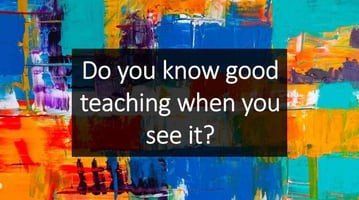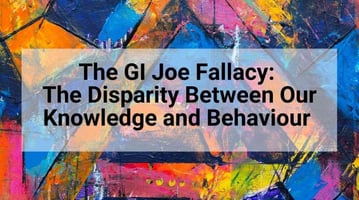Take two groups of teachers…
An Overview of the Pygmalion Effect
The Pygmalion Myth
In Greek mythology, Pygmalion was a sculptor who fell in love with his own creation: an impossibly beautiful carving that he named Galatea. The strength of his feelings for Galatea were so intense that Aphrodite, the goddess of love, transformed the sculpture into a real woman. They married and – yep, you guessed it – lived happily ever after.
The Pygmalion Effect
If we have high expectations our of students, they will typically rise to meet them. Conversely, low expectations tend to be conducive to undesirable behaviours (this is called the Golem effect).
The Study
In the 1960s, Robert Rosenthal and Lenore Jacobson conducted an experiment that hinged on a lie: they told teachers that a group of their students were potential high achievers when, in fact, they had been chosen at random. The progress of the students was monitored for a year, and Rosenthal and Jacobson published their findings. The key one is below and, intriguingly, it was very young children, boys and students from minority ethnic backgrounds (i.e. Mexican students in the context of the study) who seemed to particularly benefit.
‘When teachers expected that certain children would show greater intellectual development, those children did show greater intellectual development.’
In the spirit of looking beyond the headlines, if you have the time and inclination, click here to access a paper published by Lee Jussim and Kent Harbour in 2005; they argue that the gains in achievement during the Pygmalion study ‘hinged on the occurrence of bizarre outliers and out-of-range IQ scores’ and that the conclusions were ‘highly limited and constrained.’ The correlation between expectations and achievement isn’t disputed, just the significance of the accumulated benefits.
Classroom Implications
Ultimately, as teachers, we are all responsible for establishing, promoting and exemplifying high expectations.
- Truly believe that all students can succeed
- Embody the behaviours you want students to adopt
- Don’t ‘dumb down’ aspects of the curriculum
- Remember that academic learning is ‘unnatural’ and effortful (see: David Geary’s essay on folk knowledge…)
- Never apologise for getting students to engage in effortful thinking or tasks which require sustained effort
- Accept that progress takes time and doesn’t follow a nice and tidy flight path
- Reflect on which students you provide the most feedback to and typically ask the most questions
- Consistently praise good behaviour and challenge bad behaviour
Click on the button below to download a one-page overview of the information in this post.
Thanks for reading –
Doug


.jpg?width=50&name=douglas-wise%20(2).jpg)


